On the highlands of Yen Trach commune, where more than 90% of the population are ethnic minorities, the commercial snail farming model is gradually becoming a new economic "boost", bringing in effective income; at the same time, contributing to sustainable poverty reduction and new rural construction.
For a long time, many households in Dong Phu 1 hamlet, Yen Trach commune have mainly grown rice on traditional rice fields. However, in reality, the economic efficiency of rice fields is very limited due to low productivity, high investment costs, and risks of natural disasters and pests. The family of Nguyen Cong Hoan (Tay ethnic group) is a typical example. Previously, he supported his family with rice and vegetables, but his income was unstable and difficult to stabilize.
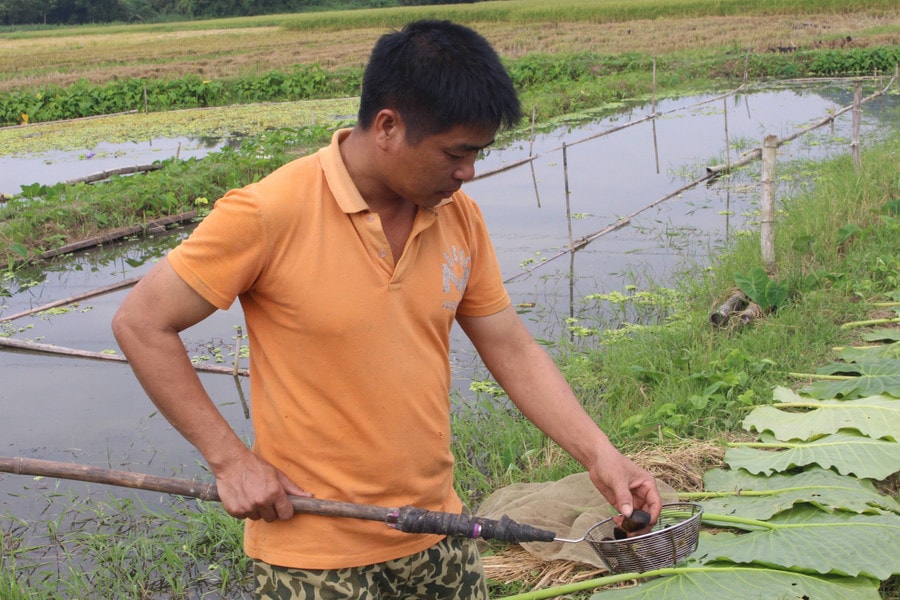
In 2023, Mr. Hoan boldly borrowed 100 million VND from Phu Luong Social Policy Bank to invest in a snail pond on an area of about 2,000 square meters. He shared: "At first, I was worried because I had no experience, but with technical guidance from agricultural extension officers, I gradually became more confident. Baby snails cost about 2.2 million VND/10,000, and can be harvested after about 4-5 months of raising."
According to Mr. Hoan, his family raises 1 to 2 batches of snails each year, depending on weather conditions. With the current selling price ranging from 58,000 to 60,000 VND/kg, after deducting investment costs, each crop he earns a profit equivalent to 900 kg of commercial snails, bringing in an income of more than 50 million VND/year, many times higher than traditional rice farming.
Ms. Nong Thi Trang Nhung, Mr. Hoan's wife, is a companion in this model. She said that before, farming all year round was just enough to eat. Now, growing rice and raising snails in intercropping has a more obvious economic effect. The family plans to expand the pond in the near future. If they receive further loan support, they will definitely do it bigger."
Along with rice, tea, and timber, the commercial snail farming model in Yen Trach is gradually being expanded to become a new economic development direction for the people. Many households find that snail farming has advantages such as not too complicated techniques, reasonable investment capital, fast turnaround time and is suitable for rural workers, especially ethnic minority households.
According to commune statistics, from 2022 to 2024, the multidimensional poverty rate will decrease sharply from 20% to 6.76%, equivalent to 372 poor and near-poor households. By October 2025, this number will continue to decrease to 4.90%, with 99 poor households (1.8%) and 165 near-poor households (3.0%), exceeding 150% of the planned target assigned by the province.
Obviously, the snail farming model is not only an innovation in production but also an effective direction in sustainable poverty reduction in Yen Trach.
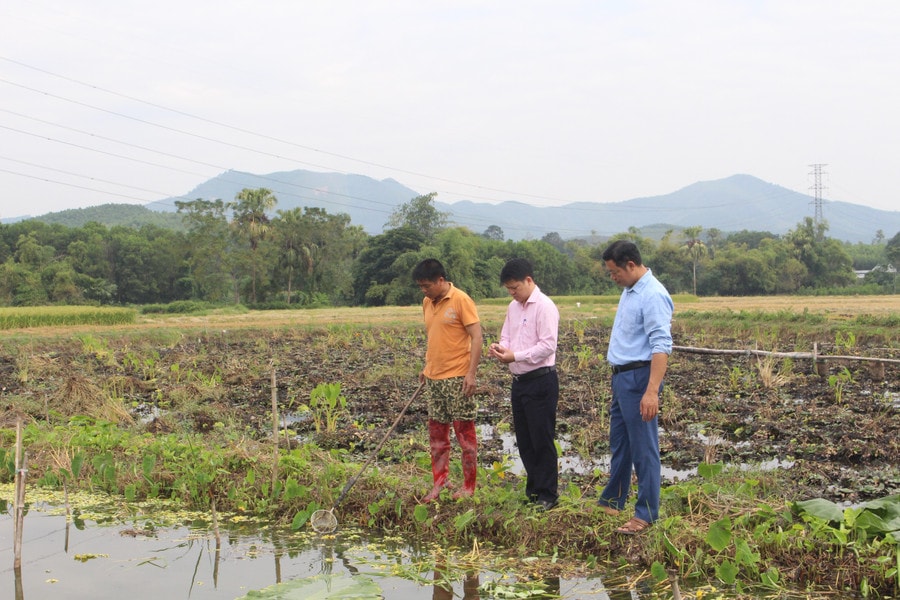
It can be seen that the obvious effectiveness of preferential capital from the Social Policy Bank has opened up a new direction of development, helping many poor and near-poor households in the area to have the conditions to invest, expand production and improve their lives. The economic models have been effective, helping people gradually develop their family economy, contributing significantly to the goal of sustainable poverty reduction and new rural construction in the area.
Not only stopping at helping people escape poverty, Yen Trach commune is orienting agricultural development towards commodity, sustainable and environmentally friendly. Along with tea trees, FSC wood, clean agricultural and aquatic products are being encouraged to register for OCOP.
In addition to capital, the commune’s agricultural extension officers regularly organize training courses and provide guidance on farming techniques, seed selection, pond management, disease prevention, care and harvesting. The combination of capital and knowledge has helped people confidently invest.
Chairwoman of Yen Trach Commune People's Committee Nguyen Thu Huong said that in the period of 2026 - 2030, the commune will continue to promote livelihood models associated with local potential. In addition to snail farming, the commune prioritizes the development of breeding buffaloes and cows; planting green food plants, medicinal plants and fruit trees suitable to the soil.
At the same time, Yen Trach will increase the application of science and technology in production, encourage digital transformation in livestock management and product traceability. This will not only improve productivity and product quality but also help people access modern markets.
The commune also proposed that the competent authorities allocate stable and timely capital sources for the period 2026 - 2030 to continue supporting poor households and households that have just escaped poverty to invest in production. This is a key factor for Yen Trach to achieve the goal of sustainable poverty reduction and advanced new rural construction.
Along with capital support, the Commune People's Committee has advocated organizing many training courses on biosafety livestock farming techniques, disease prevention for livestock; transforming production thinking from small-scale to commodity-scale, applying modern techniques.
In addition, the commune coordinates with the Agricultural Service Center to guide people in renovating ponds, developing farming models, and at the same time utilizing agricultural by-products as animal feed, reducing costs and protecting the environment.
The commercial snail farming model in Yen Trach commune is a concrete example of creative livelihood transformation, linked to local potential. From unstable rice fields, many poor households have found a new, effective and sustainable direction. Support from the government, the companionship of policy banks, and the spirit of daring to think and dare to do of the people have turned a single model into a success story representing highland agriculture.
Source: https://daibieunhandan.vn/xa-yen-trach-thai-nguyen-thoat-ngheo-tu-mo-hinh-nuoi-oc-thuong-pham-10396361.html


![[Photo] President Luong Cuong receives President of the Senate of the Czech Republic Milos Vystrcil](/_next/image?url=https%3A%2F%2Fvphoto.vietnam.vn%2Fthumb%2F1200x675%2Fvietnam%2Fresource%2FIMAGE%2F2025%2F11%2F20%2F1763629737266_ndo_br_1-jpg.webp&w=3840&q=75)

![[Photo] National Assembly Chairman Tran Thanh Man holds talks with South Korean National Assembly Chairman Woo Won Shik](/_next/image?url=https%3A%2F%2Fvphoto.vietnam.vn%2Fthumb%2F1200x675%2Fvietnam%2Fresource%2FIMAGE%2F2025%2F11%2F20%2F1763629724919_hq-5175-jpg.webp&w=3840&q=75)

![[Photo] Lam Dong: Panoramic view of Lien Khuong waterfall rolling like never before](/_next/image?url=https%3A%2F%2Fvphoto.vietnam.vn%2Fthumb%2F1200x675%2Fvietnam%2Fresource%2FIMAGE%2F2025%2F11%2F20%2F1763633331783_lk7-jpg.webp&w=3840&q=75)

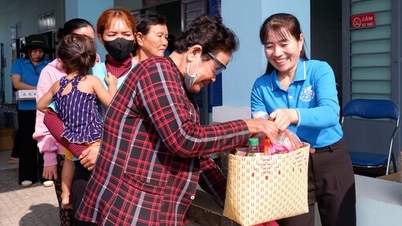



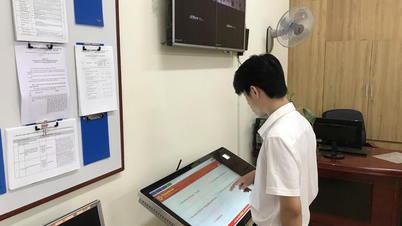







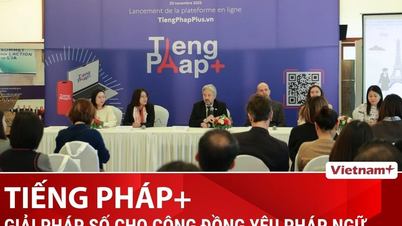















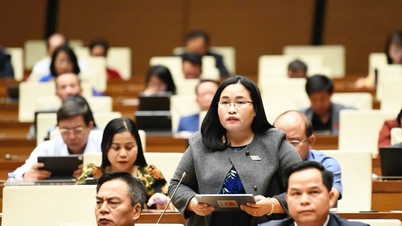











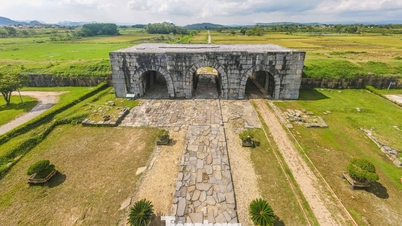

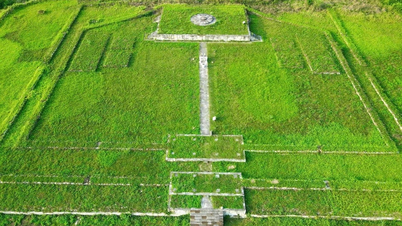







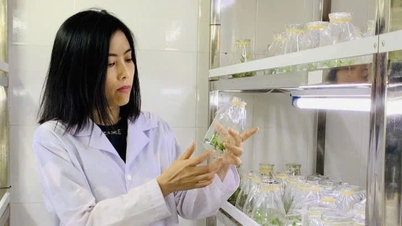



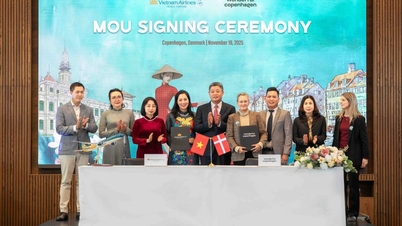













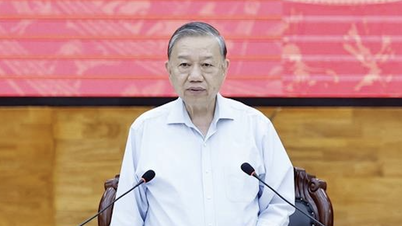



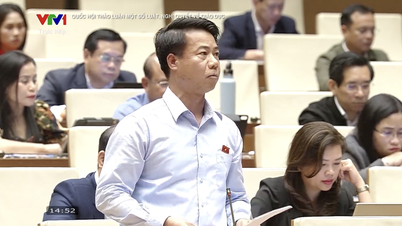




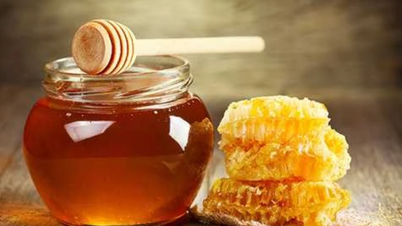

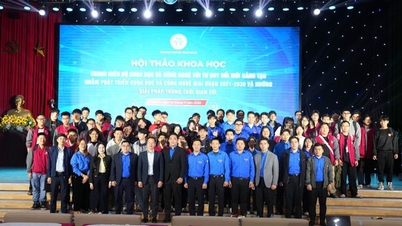

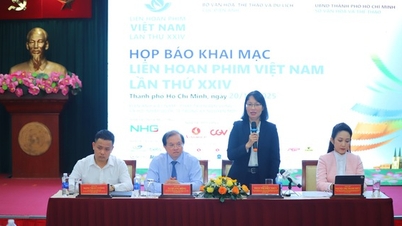


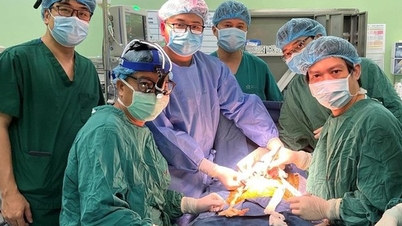

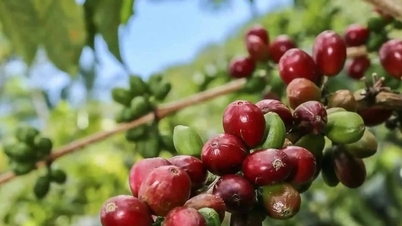


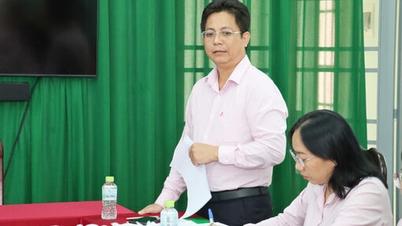
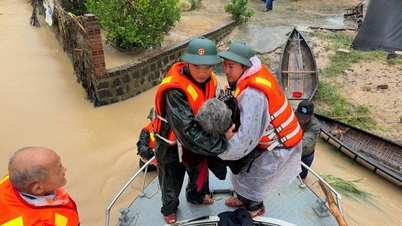


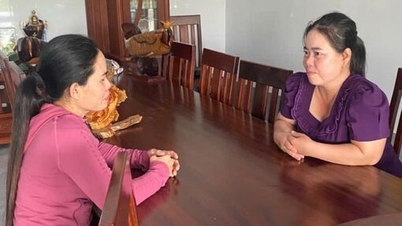


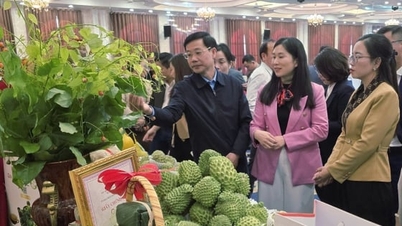










Comment (0)